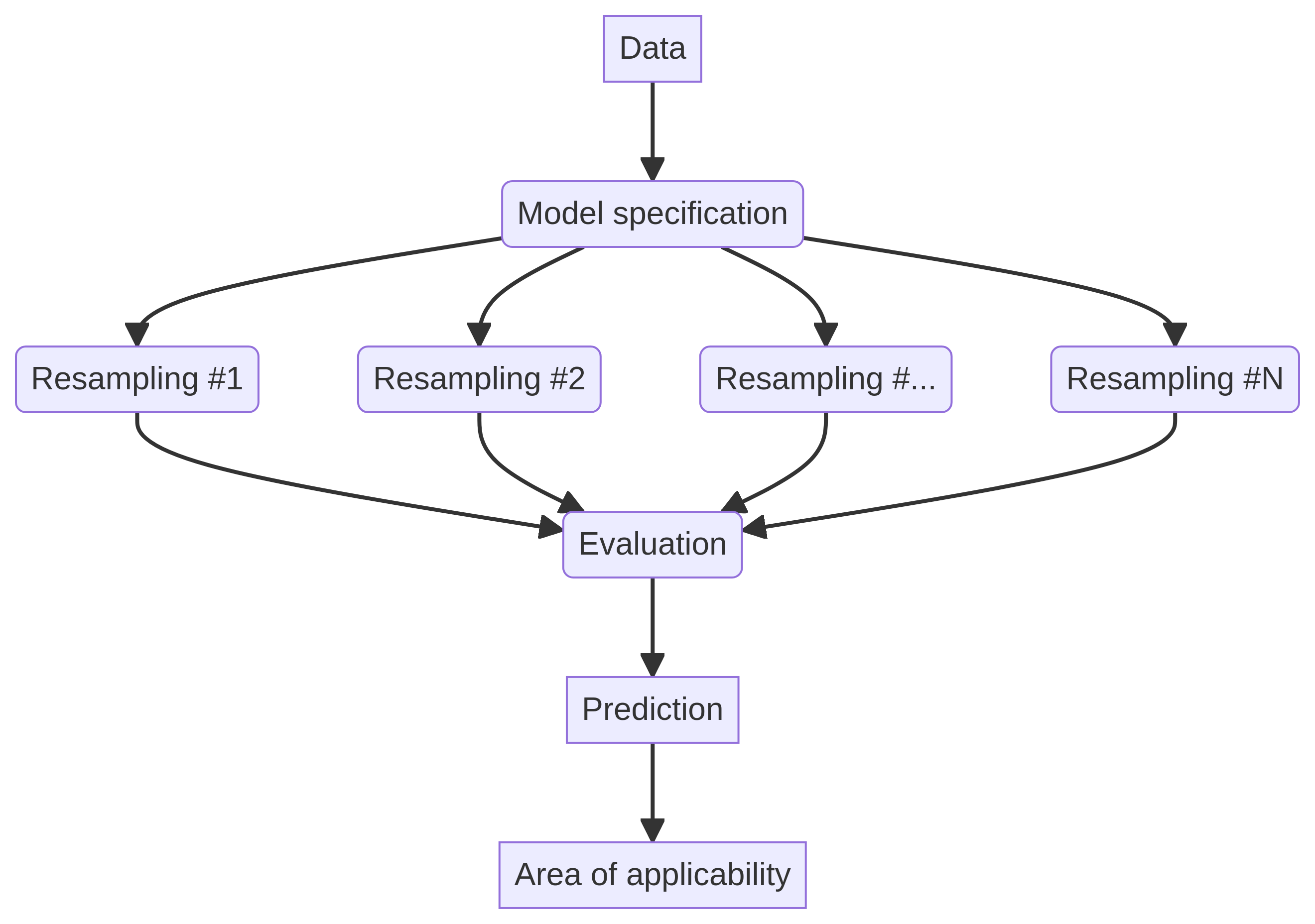Human Wounds Heal More Slowly Than Those of Other Primates: A Study

Recent research has unveiled that human wounds take nearly three times longer to heal than those of other primate species, particularly chimpanzees, who are among our closest evolutionary relatives. This intriguing finding raises questions about the evolutionary adaptations of humans and how the loss of body hair may play a role in our slower healing processes.
The study, led by Akiko Matsumoto-Oda from the University of the Ryukyus in Japan, examined the healing rates of various primate species. The researchers observed velvet monkeys (Chlorocebus pygerythrus), Sykes monkeys (Cercopithecus albogularis), olive baboons (Papio anubis), and chimpanzees (Pan troglodytes). To conduct their experiments, the team anesthetized at least five individuals from each species, shaved a small area of hair, and then created a standardized circular wound measuring 40 millimeters in diameter. After applying an antibiotic ointment, they covered the wounds with gauze for protection against potential infection.
Photographic documentation and regular measurements taken every few days revealed that all the primates studied healed at an impressive rate of approximately 0.61 millimeters per day. In stark contrast, the researchers also assessed the wound healing rates of 24 human patients at the same university hospital, who had undergone surgeries to remove skin tumors. The results indicated that these human wounds healed at a significantly slower rate of just 0.25 millimeters per day.
Additionally, the research team extended their observations to rodents, specifically mice and rats, and found that these animals exhibited healing rates similar to those of the non-human primates. This finding suggests that there is likely an evolutionarily optimal healing rate for most mammals, a rate that humans do not align with, according to Matsumoto-Oda.
Most importantly, she noted, we found that chimpanzees exhibited the same wound-healing rate as other non-human primates, which implies that the slowed wound-healing seen in humans likely evolved after the divergence from our common ancestor with chimpanzees.
Although the reasons for this discrepancy remain unclear, Matsumoto-Oda speculated that it could be tied to how early humans adapted to hotter environments. The slower wound healing rate in humans may be linked to evolutionary changes, such as the reduction in body hair, she explained. A higher hair density leads to an increase in stem cell numbers, which results in faster healing.
Interestingly, the research also suggests that social factors might have mitigated the disadvantages associated with slower healing in humans. Social support mechanisms, including food sharing, nursing, and medicinal practices, may have played a crucial role in helping early humans cope with injuries despite their slower healing rates.














